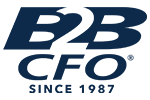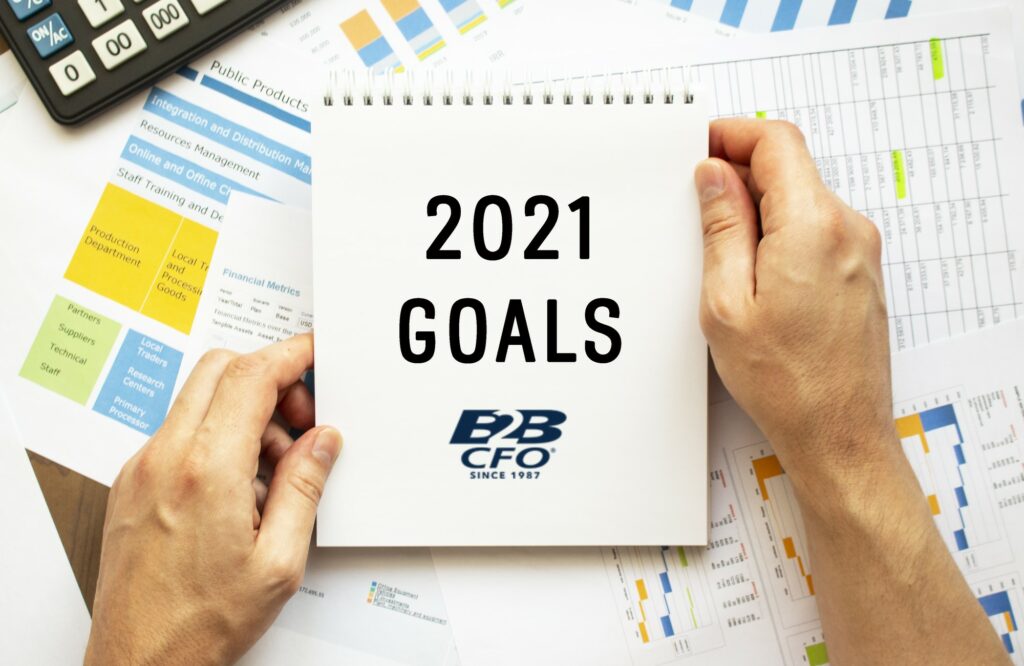
13 Point Year-End Planning Checklist for Your Business
Posted on December 4, 2020 by Art Bottoms
Many of us are eager for 2020 to come to a close. December is the time of year when your business really needs your attention, especially with regard to finances. Year-end finances are often overlooked. But with proactive preparation, you can save money at tax time and be better prepared for any unexpected financial urgency in 2021. What information do you need to assess your year-end finances? You’ll need to gather all of the relevant data that will allow you to look at your company’s finances holistically. First, you need to prepare a few financial documents and assessment of some of your major expenses that will be the basis of your decisions:
- Income statements: The income statement lets you see at a glance whether or not your business is profitable at a particular point in time by itemizing your revenue and expenses, resulting in a profit or loss.
- Cash flow statements: The cash flow statement reconciles your opening cash with your closing cash for a particular period, showing you where the money has gone. To prepare a simple cash flow statement, for a particular time (such as the year just past), list and summarize your business’s cash flow inflows and outflows for each of these three areas:
• Cash flow from operating activities—such as revenues and expenses.- Cash flow from investing activities—such as assets purchased and assets sold.
- Cash flow from financial activities—such as loans or loan repayments. This will show you the net increase or decrease in your business’s cash flow over the period of time you’re looking at and show you at a glance where the money went.
Once you’ve examined your balance sheet, income statement and cash flow statement, dig a little deeper by checking your business’s current ratio, total debt ratio, and profit margin. It won’t take long with your balance sheet in front of you. Remember to forecast and monitor cash flow closely during the few months around year end. Typically, there are some seasonal spikes and dips at this time for many companies. And often new expenses are incurred during the beginning of the year. Plan for and monitor this extra closely via a detailed 13-week cash flow forecast.
- Balance sheets: The balance sheet is a summary of how your business is doing financially at a particular point in time. It shows all your business’s assets, liabilities, and equity.
- Invoices: Another item on your year end checklist is to review your accounts payable and accounts receivable reports. Throughout the year, you may not always keep up with who owes you what or who you owe. But year end is the time to clear up any confusion. You might find invoices in accounts payable that you’ve paid or amounts in accounts receivable that haven’t been billed for. For the accounts receivable, check if anything looks incorrect or if there are some missing invoices. As for the accounts payable, ensure that they are also correct and go through each of them to check if they make sense. If there are any late bills, you should also pay them before the year end.
- Tax returns: Evaluate your current tax strategies. There are several tax strategies you can use to reduce the amount of income tax you pay. Investigate different tax strategies that you haven’t used, such as changing your business structure. A B2B CFO® can give advice about which tax strategies would be best for your personal and business circumstances.
- Profit-loss statements: All of the documents where you can find information about the money that came into or left your company need to be gathered at the end of the year. Tax season is around the corner, and you may be able to save money if you’re able to assess your finances as early as possible.
- Payroll tracking: Ask employees to review their name, social security number, and address. It is important that this information is up to date and accurate for W-2 purposes. This will reduce the number of adjustments that will need to be made after W-2 forms have been distributed to employees and filed with the government. You’ll need W-2 Forms so you can provide them to your employees and submit them to federal and state government facilities. The W-2 forms that you ordered at the end of the previous year should be filled out and mailed to all employees. You’ll also need to file copies with the state and local government by January 31. Verify 1099 information—these forms are proof that your company paid employees ($600 or more) over the course of the year. The forms will be distributed to your employees and copies should be sent to the IRS by January 31.
- Vendor contracts: Re-examine pricing with vendors and services provides. Make time to evaluate your major contracts with vendors, suppliers and service providers. Follow-up on your key action items related to your major contracts, and make sure those are being renewed or renegotiated. Some underutilized programs can be expensive to maintain. Therefore, cutting them can result in real savings.
- Assess reporting and forecasting functions: Most organizations have software programs and ERP systems that are severely underutilized, and have capabilities that are strangely hidden out in the open. Take advantage of the slower business cycle to explore additional functionality of your current ERP and forecasting system, to determine if there are more efficient ways for your team to operate.
- Determine your revenue goal: Your top-line revenue goal should be high-level and where you see the business going for the year. For example, consider the market, the current state of the business and your personal goals. Do you believe that you should grow your revenue by 5%, 15% or even 50%? Or do you believe that revenues will be flat given the current market conditions and/or your desire to focus on profitability over growth. All are reasonable decisions, but each one will dictate different planning decisions. For instance, how many people do you need to hire, what infrastructure investments need to be made, and how scalable are your support systems? Now it’s time to start to think through if the ideal business model is attainable next year or if next year should be an interim step towards this future goal.
- Create departmental key performance indicators: It’s time to figure out what you’re going to hold each department in your business accountable for. KPIs start at the top with the executives and then are established for each department. If it makes sense for your business, your department heads can establish KPIs with those who report to them as well. Generally, there should be three to five KPIs per department. These KPIs are not necessarily financial, either. But they should be SMART (Specific, Measurable, Attainable, Realistic and Timely). For example, your Human Resources KPI might be your employee retention is greater than 75%. Your KPIs are the key things that you think will allow the business to succeed in the coming year.
- Review your pricing strategies for the new year: Most customers aren’t price-sensitive as much as they are value-conscious. Pricing products and services is not an exact science and the only way you can discover the right price for your business is to try to find it. Spend time at year-end revisiting your current rates and pricing strategy. Review how you price clients, and check if you are overpricing or underpricing compared to your competition. Make sure that your pricing compensates the time, money, and effort you’ve provided. What’s your company’s basic pricing approach? Does it reflect and reinforce your unique business model and capabilities? Who’s accountable for price “attainment?” Do you have a way of detecting unintended price “erosion” or “leakage” due to poor habits or overreaction to competitive pressures? Take the time to answer these questions and create new pricing methodologies. An annual visit of how you price products and services is an area of great potential for improving both business performance and your reputation with customers.
- Plan for the Coming Year: Using your financial statements, customer feedback and input from your team, assess your goals for the previous year and determine how well you did. Did you achieve what you set out to do? Or did you find yourself taking an unexpected path to a different kind of success?
With the experience from the previous year in mind, and goals for 2021, put action plans in place for goal-setting and attainment. Financial goals should be a given, but make room to evaluate professional and client goals too. Don’t let last year’s challenges hinder you from reaching your 2021 goals. Consider the following:
- Set new goals for your business following the direction you want to achieve.
- Create an action plan or set of strategies to support your objectives.
- Start working and utilize every minute to turn your goals into a tangible reality.
The best way to celebrate your successes is to take a look at your future. Set clear goals that will stretch your employees, but are also attainable if they work hard to achieve them. Make sure employees feel included in the process and listen to their thoughts or ideas because they may have thought of something you didn’t.
If you would like to discuss how to restore business for the coming year with CFO advisory and business consulting expertise, please reach out to schedule a discussion. Email me at ArtBottoms@B2BCFO.com


